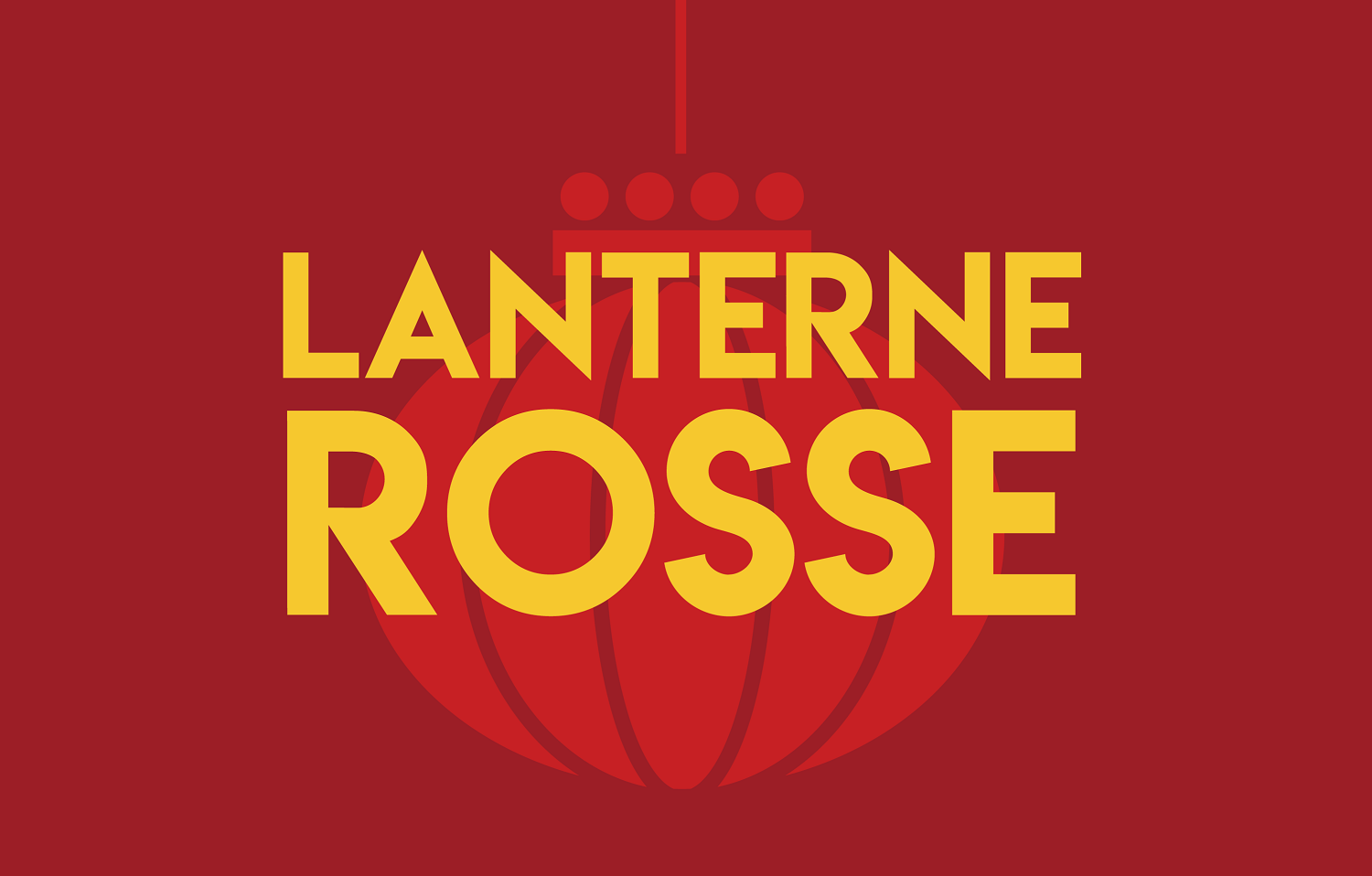Chinese workers paying the price of new supply chains
The Centre for Research on Multinational Corporations and the China Labour Bulletin release a report that highlights the latest trends involving Chinese labour. The China Labour Bulletin has monitored labour actions across the country since 2011. In 2023, protests over non-payment of wages and factory closures jumped tenfold over the previous year. Several factors are at play, like higher labour costs, the impact of the COVID-19 pandemic, and the trade wars between China and the West.
Beijing (AsiaNews) – Chinese workers are paying the price of “de-risking” by Western countries caused by the growing economic competition with China. As a result, over the past year, Chinese workers have protested and struck for non-payments and plant closures, more so than in the past, this according to a recent report released by the Centre for Research on Multinational Corporations (SOMO)[*] and the China Labour Bulletin (CLB).
Titled Chain of consequences How Chinese workers pay for supply chain de-risking, the study looks at why factory workers – especially in the garment and technology sectors – have gone on strike.
It says that while no one can “say that jobs or supply chains should never move”; indeed, “There is nothing inherently wrong with companies taking a closer look at their supply chain risks and taking appropriate mitigation measures, for example, by diversifying their sourcing practices”, . . .] corporate de-risking cannot simply shift risk or harms onto the backs of workers.”
For this reason, “Brands and retailers need to be aware of their responsibilities and consider the risks to workers’ rights associated with the dynamics of shifting supply chains, including in China, and take additional steps to ensure that these decisions do not contribute to collective labour rights abuses.”
According to the report, “Chinese workers who have kept supply chains running in the apparel and electronics sectors for decades are now struggling to get paid or losing their jobs as orders are cut or factories close or relocate.”
From being the "factory to the world", China has become, in recent years, a market to be kept at a distance due to several factors, including rising labour costs, tensions between China and the West, and the consequences of the COVID-19 pandemic.
The report notes that the anti-globalisation trend began with the economic crisis of 2008 and continued during the pandemic. “Over the past 10–15 years, manufacturers and retailers have been shifting some of their production from China to other parts of the world,” it says.
This trend shows up in the data. In 2023, a survey by the European Union Chamber of Commerce in China, indicates that 75 per cent of European firms “had reviewed their supply chain strategies within the previous two years, 24 per cent had plans to shift at least some sourcing from China, and 12 per cent had already begun the process.”
This is true also for US companies and Taiwanese investments in China, especially in manufacturing. This “reflects a shift in corporate priorities, with companies now placing a greater emphasis on supply chain resilience and risk mitigation,” the report reads. However, in doing so, companies fail to consider the risks for workers.
Despite all the difficulties related to the Chinese context (where all unions must be affiliated with the All-China Federation of Trade Unions, which represents the interests of the government and businesses rather than those of the workers), the CLB has been monitoring labour actions across the country since 2011.
Last year, worker protests increased tenfold compared to 2022, concentrated in export-oriented production regions along China's southeastern coast, most notably the Pearl River Delta in Guangdong; the Lower Yangtze Delta area around Shanghai; and the coastal province of Fujian.
In 68 per cent of cases, protests concerned unpaid wages, while in 41 per cent of cases workers protested following the closure or relocation of the factory where they worked.
Although “many of the closures or relocations appear to have been linked to decisions by brands or intermediate buyers to change their sourcing practices and reduce their overall reliance on China as a manufacturing base, [. . .] the specific reasons for such decisions vary and are not always clear from outside”.
Many Chinese workers also reported being fired after they were not paid for months.
“The situation can be exacerbated by the cumulative effect of many buyers in a sector making sourcing changes at the same time.”
In addition to the non-payment of wages, the study highlights two other violations of Chinese workers' rights, such as the failure to get fair notice of layoffs and the non-payment or reduced payment of compensation or severance pay to laid off workers.
In addition, “If production slows because of lost orders, the loss of overtime or incentive pay can lead workers to resign voluntarily, reducing the total amount of severance pay the factory has to make,” the report adds. “This means that even when brands and other buyers claim to give factories ample notice of their intention to change their sourcing, this information may not always be reaching workers.”
RED LANTERNS IS THE ASIANEWS NEWSLETTER DEDICATED TO CHINA. WOULD YOU LIKE TO RECEIVE IT EVERY THURSDAY? TO SUBSCRIBE, CLICK HERE.
[*] Dutch: Stichting Onderzoek Multinationale Ondernemingen.
15/05/2020 17:01







.png)










